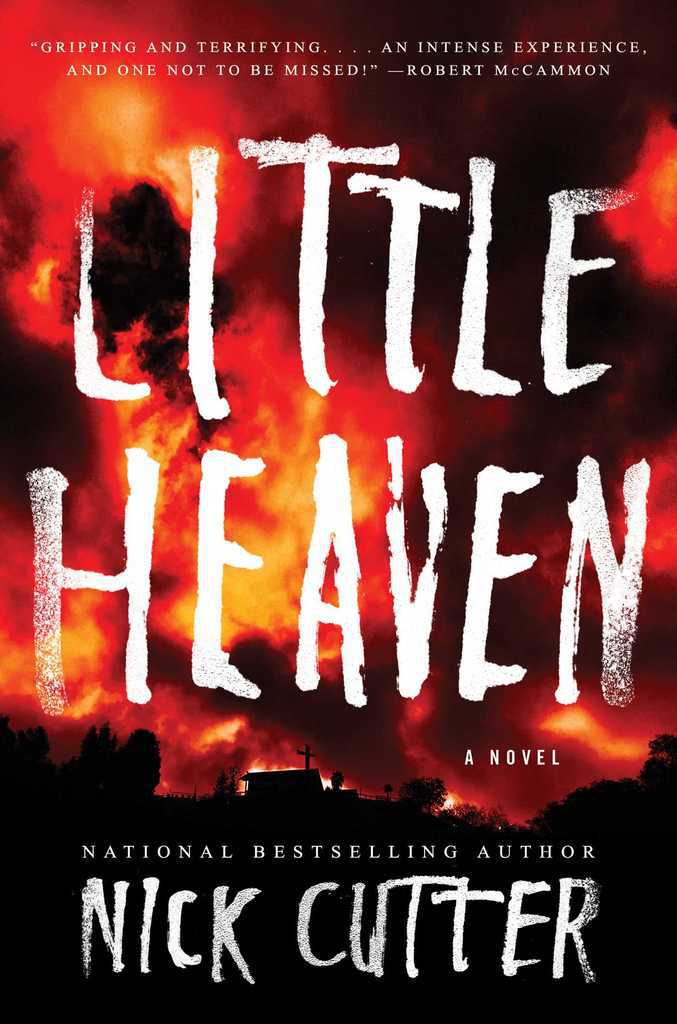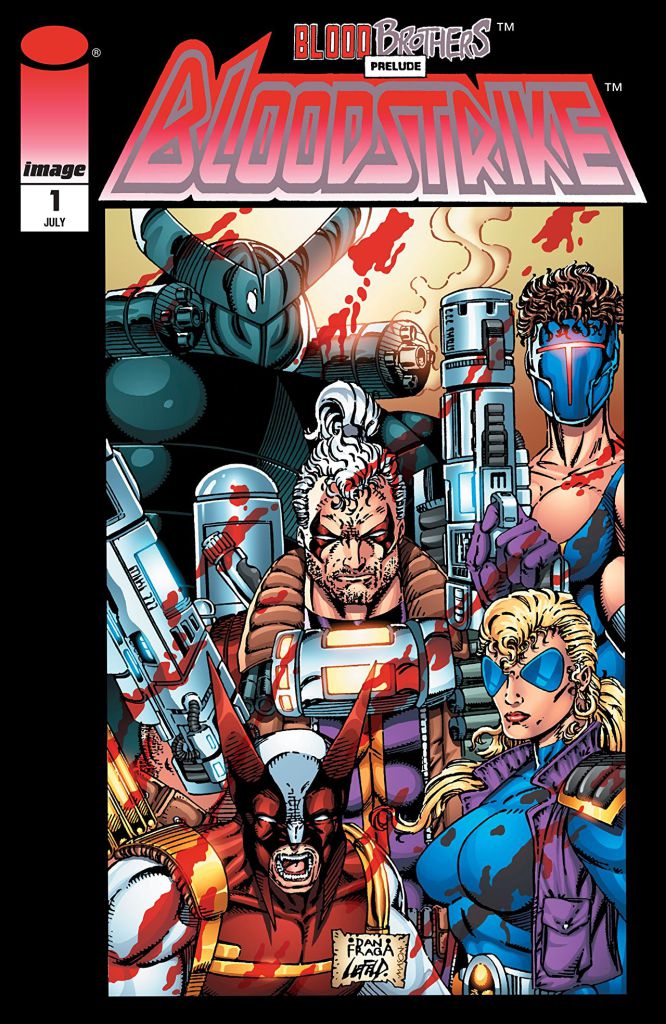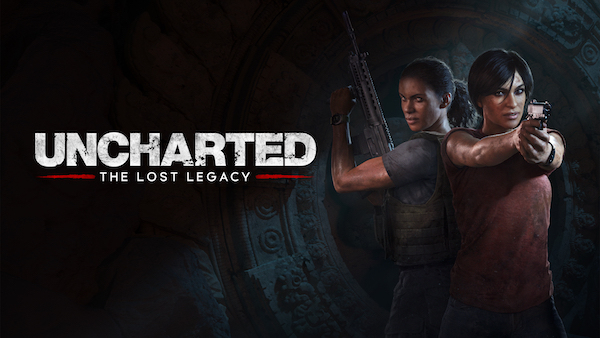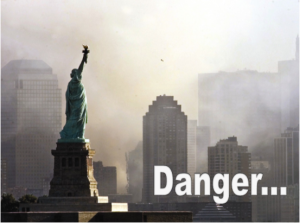
Nick Cutter’s first two novels — 2014’s THE TROOP and 2015’s THE DEEP — garnered high praise from critics and readers alike. THE TROOP created quite a buzz with its nonstop action and grisly body horror, while THE DEEP used a much more deliberate pace to create a claustrophobic setting that only hinted at horrors as opposed to being exceedingly visceral like THE TROOP. The recent release of Cutter’s LITTLE HEAVEN gives readers the best of both worlds — a slower-paced opening that allows for detailed characterization, descriptive atmosphere, and hints of what’s to come, before Cutter puts the pedal to the metal in the second half of the novel, not letting up on the gas until the final page.
LITTLE HEAVEN tells the story of three mercenaries — Micah Shughrue, a grizzled war veteran turned hired gun; Ebenezer Elkins, a debonair British assassin; and Minerva Atwater, a bounty hunter dipping her toe in the killing-for-money business. Initially the three shooters are enemies, but circumstances bring the trio into an unlikely and uneasy partnership in which they work future jobs together.
The story mainly takes place during the 1960s and centers around a seemingly simple business proposition the group receives. A woman named Ellen Bellhaven (sister to a previous client of theirs) wants them to escort her to Little Heaven — a religious cult’s compound in the wilderness of New Mexico — in which her nephew has been taken by his zealous father. Ellen doesn’t care that the father has chosen to give up his worldly possessions and follow preacher Amos Flesher, but she worries that the young boy was taken against his will and may not desire to be there. Micah and company agree to help Ellen, and the four of them set off to gain entry to the community under the guise of being lost hikers. But, it doesn’t take long for the quartet to see that things aren’t normal both inside *and* outside the compound…
Interludes take place in 1980, during which Micah’s daughter is kidnapped by something linked to their time in Little Heaven. Micah, Ebenezer, and Minerva reunite and make a return trip to the area, knowing in their hearts where the girl has been taken and doing everything in their power to get her back from the evil they tried so hard to forget.
As stated above, the pace of the first half of the novel is very deliberate. Cutter uses the space to give detailed backgrounds on each of his characters, all of which I thoroughly enjoyed. All three of the mercenaries were fleshed-out and I found myself liking each of them (so much so, I could go for another story about their early days as individuals). There were also short foreboding scenes along the way to let the reader know something wasn’t quite right with Reverend Flesher’s “heavenly” community. I have to admit that at times the story’s pace was a bit too slow in spots. Considering the novel is close to 500 pages, the reader is expected to stay with the tale quite a while before it picks up speed. That being said, the switch is flipped at the midway point, and from that moment on it’s balls-to-the-walls action and gore. Many scenes have gratuitous, over-the-top violence and scares, but if you’re reading Cutter’s books, isn’t that what you’re interested in?! Disgusting and brutal creatures, gruesome death scenes, and no-holds-barred writing that keeps readers on the edge of their seats. For my money, nobody is doing this kind of horror better these days, and Cutter certainly doesn’t pull any punches in LITTLE HEAVEN.
A couple other additions made the story even more enjoyable. First, I’ve enjoyed Cutter’s use of the epistolary style in his novels – newspaper clippings, journal entries, memorandum, etc. THE TROOP and THE DEEP featured this method quite heavily, and I think Cutter does a fantastic job of not only incorporating snippets into his stories, but also making them entertaining and informational asides to the action. It looked like he was skipping this method in LITTLE HEAVEN, but a section toward the end of the novel used this style and it actually made me smile to see it back in play. Second, and not very common for a mass-market hardcover, there were at least a half-dozen interior illustrations by Adam Gorham, and holy smokes, does he *perfectly* capture the eeriness of the story. Gorham is one talented artist, and his work further enhanced an already excellent story.
The tale is creative in its own right, but also seems to borrow from other sources. In the book’s Acknowledgements section, Cutter admits to gleaning inspiration for Amos Flesher and his community from the all-too-real Peoples Temple cult led by James Jones in the 60s and 70s. As for literary comparisons, LITTLE HEAVEN reminded me in some ways of Stephen King’s IT, in which a group of kids faces an ancient evil during their youth, only to return to their hometown to deal with it again during adulthood. These commonalities aside, the story is very rich in its own content and Cutter’s distinctive style, making it well worth your time. I’d give LITTLE HEAVEN an 8 out of 10. Whether you’ve read Cutter’s work before or this would be your first foray into his writing, I think you’ll enjoy it.
————
Until we meet again…
Andy
Advertisements Share this:- Books
- Reviews





